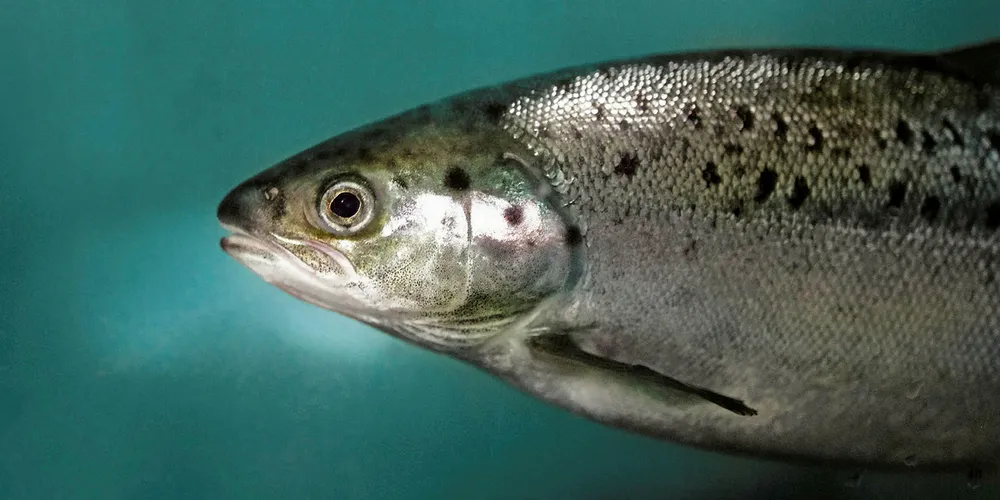Judge orders FDA to revisit environmental risks of AquaBounty's GM salmon
The agency did not take into account growth of AquaBounty facilities beyond two farms, said the US court.

The FDA concluded that the salmon were unlikely to escape from the two facilities where the company initially planned to raise them, and that even if the salmon found a way to escape they were unlikely to survive or establish themselves as a population in the wild.
The FDA did not, however, meaningfully analyze what might happen to normal salmon in the event the engineered salmon did survive and establish themselves in the wild, said North California District Judge Vince Chhabria. Even if this scenario is unlikely, the FDA was still required to assess the potential impact of such an event, said Chhabria, who argued that as AquaBounty's operations grow, so too does the risk of engineered salmon escaping.
"Indeed we know that the FDA has subsequently given the company permission to operate a third facility," said the judge.
The plaintiffs that brought the case to court are a coalition of advocacy and industry groups concerned with the environmental implications of the decision to approve AquAdvantage Salmon, but the only one named in the court documents is the Institute for Fisheries Resources.
The group challenged the FDA decision on 12 counts, but the court gave summary judgement on just two: that the FDA violated NEPA by failing to take a sufficiently “hard look” at the environmental consequences of its decision to approve the AquAdvantage application; and that in considering the application the FDA was required to prepare a more thorough environmental impact statement, rather than stopping at the less-comprehensive environmental assessment.
The case is remanded to the FDA for reconsideration of the environmental assessment under the National Environmental Policy Act and the US Environmental Science Assessment analysis in compliance with this ruling.
Wulf added the decision will not impact the company's ongoing operations on Prince Edward Island, Canada, to produce eggs or in the raising and selling of AquAdvantage salmon from its commercial farm in Indiana.
"We are committed to working with FDA on next steps and continue to evaluate the legal decision," Wulf said. "AquaBounty is excited about the future, and takes seriously the unwavering leadership that is required to offer a safe, secure and sustainable source of Atlantic Salmon that is raised right here in the US heartland for U.S consumers."
AquaBounty plans to produce its fast growing AquAdvantage salmon eggs at its hatchery in Rollo Bay on Prince Edward Island. The eggs would be transported for growth at the company's Indiana land-based farming site.
The new farm will be located in Mayfield, Kentucky, and will be AquaBounty’s first large-scale commercial facility, with a planned production capacity of 10,000 metric tons annually, about eight times the size of its currently operating farm in Albany, Indiana, which has a 1,200 metric ton annual production capacity, the company said.
Construction is expected to begin in 2021 and the company anticipates the farm will be ready for commercial production to commence in 2023. The facility will potentially bring approximately 70-90 new jobs to the region.
(Copyright)